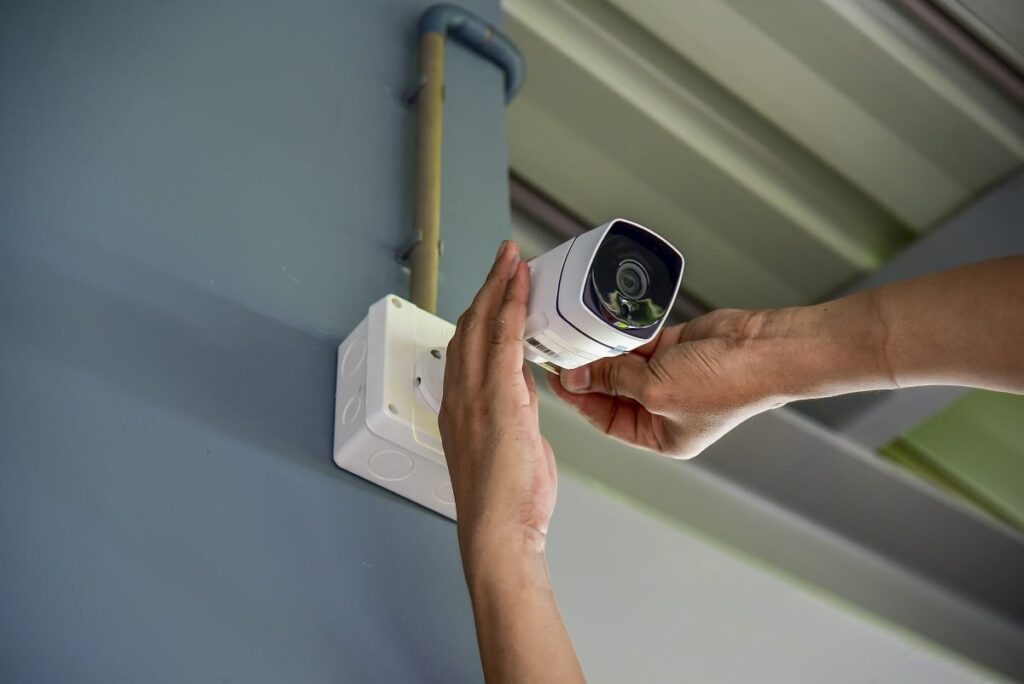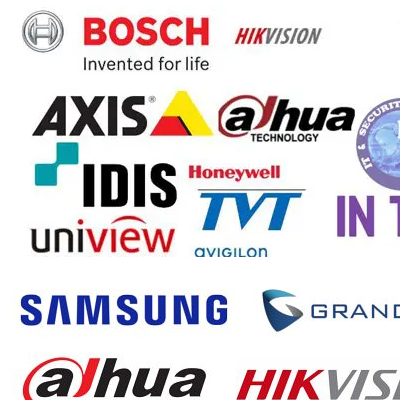CCTV Camera Installation
Al wasal technology providing in U.A.E based high quality CCTV camera installation with low cost and right process on implementation on time. we are installing in building floors to each floors laying cable underground and fixing camera even hide camera night vision camera’s. We are using latest equipment and tools for installation.
Installing CCTV cameras in a business environment involves several important steps to ensure effective surveillance and security. Here’s a guide to the key aspects of CCTV camera installation:
1. Site Survey and Planning
- Assessment: Evaluate the layout, size, and specific security needs of your business premises.
- Camera Placement: Identify strategic locations for cameras to cover critical areas such as entry points, parking lots, storage areas, and sensitive zones.
- Coverage Area: Ensure each camera covers the intended area without blind spots.
2. Camera Selection
- Types of Cameras: Choose appropriate types of cameras based on indoor/outdoor needs, lighting conditions (day/night vision), resolution (HD, Full HD, etc.), and special features (pan-tilt-zoom, wide-angle lens).
- IP vs Analog: Decide between IP cameras (network-based, higher resolution, more features) and analog cameras (traditional, lower cost).
3. Infrastructure Setup
- Cabling: Plan the cabling routes and install cables (Ethernet for IP cameras or coaxial cables for analog cameras).
- Power Supply: Ensure adequate power sources (AC power or Power over Ethernet – PoE) for cameras and consider backup power options (UPS).
4. Network Integration
- Network Configuration: Set up a dedicated network for CCTV cameras if necessary to manage bandwidth and security.
- Integration with Existing Systems: Integrate CCTV system with existing security systems (e.g., access control, alarms) for centralized monitoring and management.
5. Installation Process
- Mounting: Securely mount cameras using appropriate brackets or mounts ensuring stability and optimal viewing angles.
- Alignment and Focus: Adjust camera angles, zoom levels, and focus to capture clear images and videos.
- Testing: Test each camera thoroughly to ensure proper functioning, coverage, and image quality.
6. Recording and Storage
- DVR/NVR Setup: Install and configure Digital Video Recorders (DVRs) or Network Video Recorders (NVRs) to record and store footage.
- Storage Capacity: Calculate required storage capacity based on camera resolution, frame rate, and retention period.
- Backup: Implement regular backup procedures to prevent data loss in case of equipment failure or incidents.
7. Monitoring and Access
- Remote Access: Set up remote viewing capabilities so authorized personnel can monitor cameras from off-site locations via computers or mobile devices.
- User Access Control: Implement access control measures to restrict who can view or manage CCTV footage.
8. Compliance and Legal Considerations
- Regulations: Ensure compliance with local laws and regulations regarding CCTV installation, data protection, and privacy.
- Signage: Display appropriate signage indicating the presence of CCTV cameras for transparency and legal compliance.
9. Maintenance and Support
- Regular Maintenance: Establish a schedule for camera maintenance, including cleaning lenses and checking connections.
- Technical Support: Have a plan in place for technical support and troubleshooting to resolve any issues promptly.
10. Training
- User Training: Provide training to staff on how to use the CCTV system effectively, access footage, and follow security protocols.





